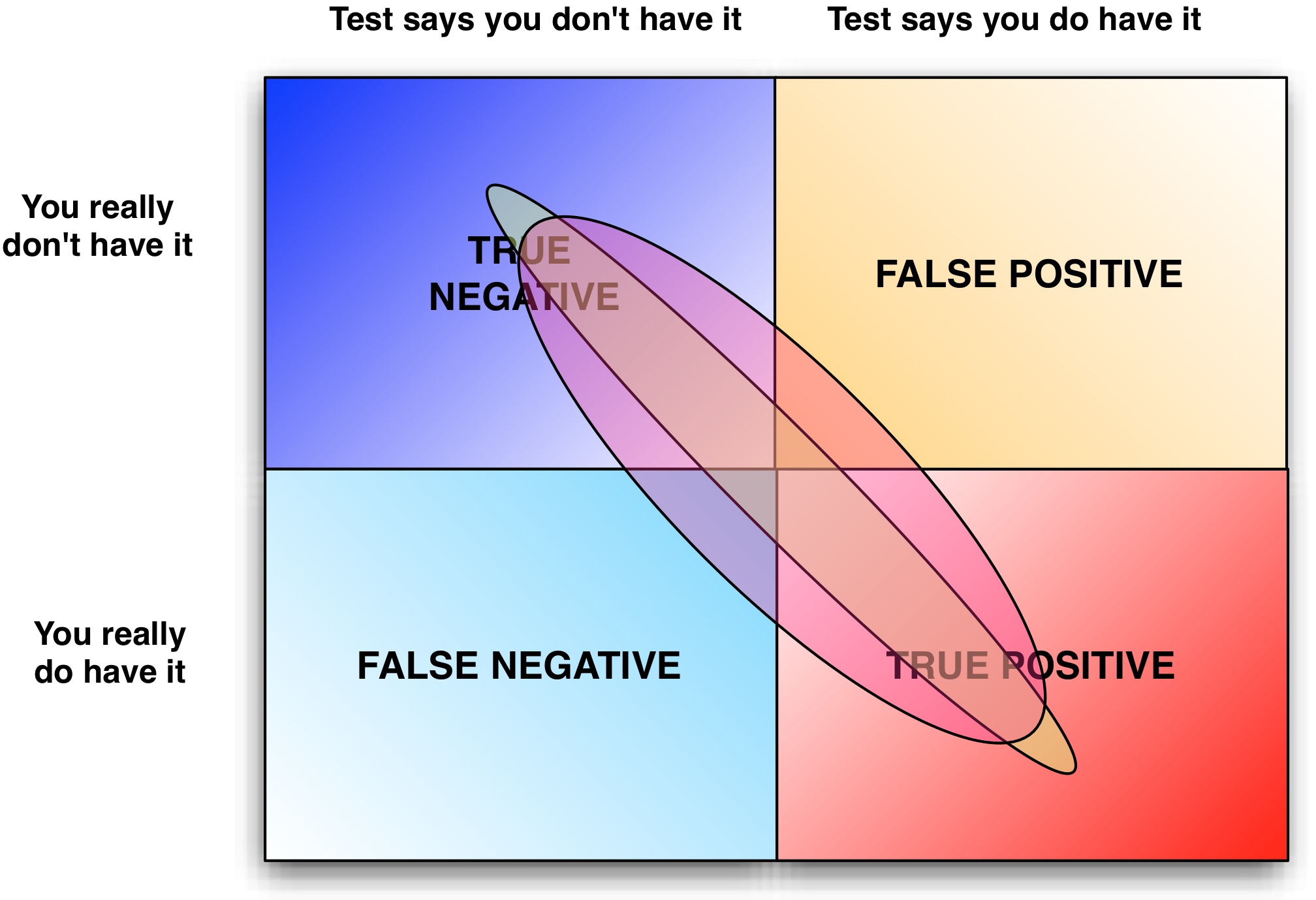A link is at various ways healthy or not, it may show various symptoms of what's wrong with it, but at each potential doesn't nescessarily mean it's actually dead.
Stages of checking
- Did the request time out?
- Did we get any HTTP errors, i.e. 404?
- Request body contents and again parse for metadata, validate DOI matches.
- Parse body contents to look for potential errors.
- Parse body contents for DOI matches i.e. string matches.
For an inital parse steps and 1 and 2 could cover depending on client a large amount of potential unhealthy links. For a more detailed analysis we go to step 3 and beyond
Classification of health
If we classify into a traffic light system of Green, Yellow, Red, it seperates out potentially really dead links and just possibles, this could be more granular but at the cost of complexity. Any health report that has done granular stage checks (like above) would give details of the error, i.e. "404 not found", "DOI didn't match found in body"
Going stale
Health includes links gradually going stale, this would be an additional potential marker, this is a last checked date and we define that, greater than X is too long and considered a potential unhealthy link.

Given the differences between content providers and how content is presented, we need to be able to determine if the content linked to by a PID is considered correct and 'healthy'. So the primary question is "How do we determine what is a healthy PID?"
Questions: